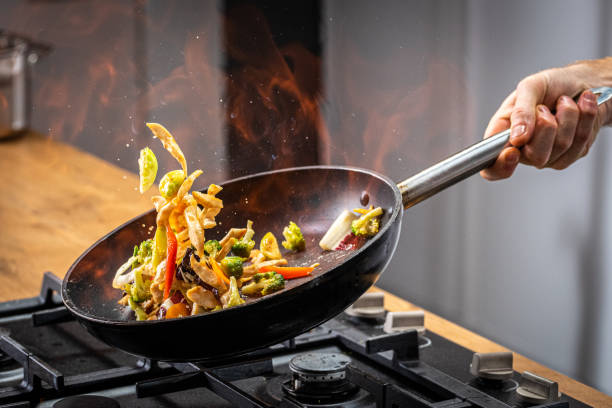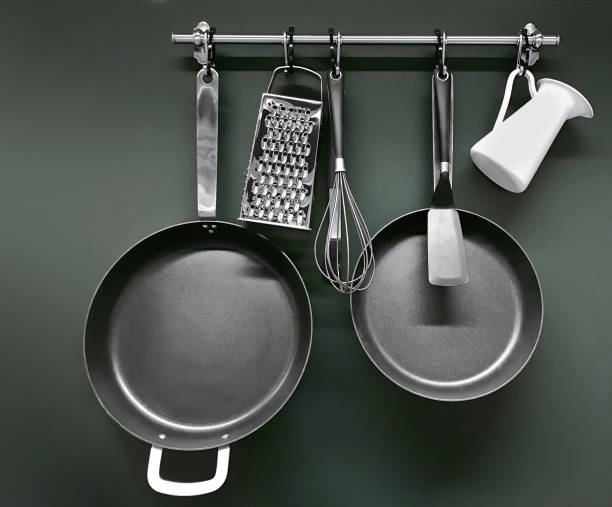This article will provide a brief guide to PTFE (Teflon). We will include the following:
What is PTFE
What is Teflon
Which is better
What are the differences between them
How we work with PTFE
Advantages you can find for this material
Products you can find PTFE used in
First, let us explain how we here at Prototype Finder works with PTFE.
We at Prototype Finder are a manufacturing company. Our core specialty is prototype production and development. Including the fact that we have worked with PTFE and many other materials for many years. Along with other manufacturing processes like CNC machining and injection molding. If you need some help with PTFE in your next project, please don’t hesitate to contact us here. You can request a quote or contact us and we will give you any further information or instruction.
So what is PTFE? PTFE stands for Polytetrafluoroethylene. It’s a synthetic polymer made up of two elements: carbon and fluorine. It has a wide range of unique properties that make it a great material in a wide range of products. In fact you will find PTFE on a wide range of applications, both in domestic and commercial products. A common application PTFE is in coating non-stick cooking appliances. It also helps provide stain-resistance for your carpets and fabrics. It is also found in other products such as hair styling tools, nail polish and wiper blades to name but a few.
As a coating, we also use PTFE to layer the inside of pipes. Ones that carry hot liquids or corrosive chemicals. It is also a material that is inert, meaning the body will not reject it. This makes it a viable choice for manufacturing artificial body parts too.
PTFE is a synthetic polymer used in many applications. The most famous of which is coating on a non-stick frying pan.

But then what about Teflon? What is it? Is there a core difference between the two? Well, no. Teflon is PTFE. Teflon is the brand name trademarked by the company DuPont. Discovered in 1938 and trademarked in 1945. It began to sell coated on non-stick, heat-resistant appliances one year later.
So you may find that PTFE and Teflon are used interchangeably. One being the name of the polymer whereas the other is the famous brand name.
Who wins, PTFE vs Teflon? They are both the same! PTFE being the material while Teflon being a famous brand of it.

Teflon or PTFE has many advantages. Which is why we use it in a wide range of applications. Let’s take a look at some of the core principle advantages that PTFE possesses below:
Low Friction – PTFE actually has one of the lowest coefficients of friction of any material around. This means that almost nothing will stick to it! It is very slippery. For industrial usage it is often coated over bearings. But also gears, plates and other mechanical products. PTFE added to these parts makes them longer-lasting. Reducing friction, wear and energy consumption of the machinery and lowering maintenance costs.
Inert & Non-reactive – The vast majority of chemicals and solvents do not damage PTFE in any way. This makes it an ideal candidate for lining it inside of pipes, valves and seals. Ones that carry caustic gases and liquids. Even the Manhattan Project used PTFE (Teflon). To cost the inside of nuclear bombs to prevent any uranium leakages.
Water Resistant – It never gets wet. Making it an ideal choice for wound dressing or cooking. Holding a frying pan coated with PTFE (Teflon) and add water to it. You would see that the water beads together. Do the same in a non-coated pan you would see the water spread out. The water beads on the surface of PTFE because it doesn’t stick to the material. Making it great for weather-ability when it comes to your product.
High Melting Point – It has a high melting point. Around the 320s in Celsius, or in the 620s in Fahrenheit. There are very few and rare applications where PTFE would receive damage from heat. And most products would remain intact.
PTFE has many great advantages. It is resistant to water and has a high melting point. It is very resistant to chemicals and is super slippery. A great choice for coating any bushings or bearings in the industrial sector.

Now you understand the primary advantages of PTFE (Teflon). It is important to look at some of the products and industries you can find it used in. Here are some of the many you find it in below:
Medical Equipment – As mentioned before, PTFE is inert. It does not react either to chemicals or to biological fluids. This makes it a great choice in the medical industry. Used to coat surgical equipment. Surgical tools and other medical equipment coated with PTFE see reuse. They are also cleaned in an easy manner time and time again. With there being no concern for contamination in the process.
Technology Applications – A significant usage of PTFE coating is in the tech sector. Belived to be half of all usage of PTFE is in coating electrical wiring and circuit boards. Why is this? PTFE has great insulation properties. Combined with this is its high heat resistance. Perfect for plugs, jacks and cables used for electrical current.
Industrial – As we have discussed, PTFE is slippery. It is one of the most slippery materials that exist. Making it a great choice in the industrial field. Added on sliders, gears and bearings. To prevent locking parts together and breaking down the machinery.
Cookware – The classic example. A non-stick frying pan. The first American-made PTFE coated pans saw commercial sale in the early 1960s. It became a soaring innovation. Today is it commonplace to find non-stick pans everywhere. And it is all thanks to PTFE. The combination of high heat resistance. Combined with water repellent properties makes it a solid choice. The chemical inert nature of PTFE also makes it safe to use with all types of foods. And without any risk of contamination.
The fact that is doesn’t contaminate due to its inertness. But also its chemical resistance makes it an essential choice. Used as coating onto surgical equipment. Easy to clean and without needing concern.

Today we looked at everything you need to know about PTFE (Teflon). We explained the fact that both PTFE and Teflon are the same. Highlighted a host of different PTFE advantages. And examined some of the products you can find made with PTFE too.
If you need a manufacturer to work with PTFE or Teflon look no more. We here at Prototype Finder are one of the best manufacturers you can find. Since we are a prototype manufacturing and injection molding company! We have worked on PTFE applications for many years. We can prototype a part that incorporates PTFE. But also perform low or high volume injection molding for your needs.
Does your next product need PTFE (Teflon)? Or are you looking for other molding materials to work with? Then contact us and request a quote! Or instead ask us any questions and we will be more than happy to assist you.
If you liked this article be sure to check out some other posts from many materials and topics. Want to know about Aluminum Fabrication? Or check out our Galvanized Steel vs Stainless Steel article. Or do you want to know who wins when we compare PVC vs HDPE? Find all these and more on our Blog page.
Categories: BLOG
Tags:
Leave a Reply

Recent Posts
Comparative Analysis of Titanium and Aluminum in Manufacturing Blow Molding 101: What you Must Know Prototype Fabrication: The Critical Breakdown CNC 101: Everything you Need to Know about this Manufacturing Process Turning and Milling Stock: Everything you Must Know Overmolding: The Best Choice for your Next Product?Categories
Comparative Analysis of Titanium and Aluminum in Manufacturing Blow Molding 101: What you Must Know Prototype Fabrication: The Critical Breakdown 3D Printing Materials: 5 Ultimate Choices Overmolding: The Best Choice for your Next Product? Galvanized Steel vs Stainless Steel: Which is the Best MetalRelated Posts